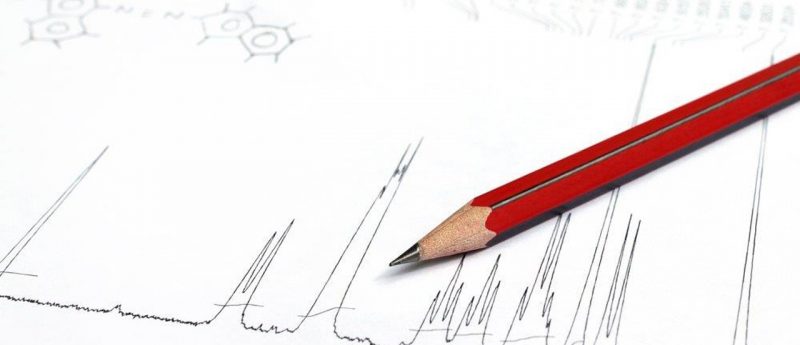LC-MS panel discussion Q&A follow up

Thank you everyone who attended the live LC-MS panel discussion. Below are responses to the questions posed for the Q&A session via the survey that we did not have time to answer during the live event. We hope this is a useful resource and would like to thank our panel discussion attendees and our speakers, Chris A Evans (GlaxoSmithKline), Lester Taylor PhD (Agilent Technologies) and Denise Wallworth (Sigma-Aldrich International GmbH).
LC-MS survey questions
1. How do you extract, separate and concentrate polar compounds from biologic matrices such as whole blood, urine and tissues?
Denise Wallworth: For both extraction and separation, I would suggest a HILIC approach.
2. What if the surrogate peptides identified with your equipment are not highly specific for your protein?
Chris Evans: Prior to performing any ‘wet work’, we always perform an in silico analysis and determine the specificity of potential peptides generated from various digestions. If they meet our criteria, we then target these surrogate peptides. If no appropriate surrogate peptides could be generated, then we would use an alternative detection platform.
3. Is ISR required for method performance?
Chris Evans: ISR is required by regulatory agencies for certain study types. However, in some cases we perform ISR experiments, even if they are not required, in order to gain confidence in a particular method or platform.
4. When analyzing a lot of clinical samples in succession (e.g., big batch via an autosampler), how often should one flush the column with a strong eluting solvent to avoid late eluting contaminants causing signal suppression, or should one alternatively make use of gradient elution after each injection?
Chris Evans: This must be determined during method development and validation, and is very method dependant – will be directly related to the specific compound, extraction method and matrix. For instance, protein precipitation results in a more complex extract than liquid–liquid extraction.
Denise Wallworth: See answer for #5
5. How can we overcome interfering peaks?
Denise Wallworth: One of the most common interferences in bioanalysis are phospholipids. These can build up and then gradually elute over time, causing a drifting baseline or unexpected peaks. In the worst case, such PL peaks can co-elute with a compound of interest and/or cause ion suppression. We have used Zirconium technology effectively to remove these (removing proteins at the same time). More details are available on www.sigmaaldrich.com/hybridspe.
Chris Evans: Improve extraction conditions, alter chromatography, attempt chemical derivatization, or use a more selective instrument.
6. Does the panel think that we will ever use LC-MS as a standard health screening tool? Imagine a world where people have their urine (or other bio fluid) regularly screened for biomarkers, which indicate potential health issues in the future. A database of your own profile is built over time and so changes in markers can be detected, therefore health problems can be dealt with early, thereby avoiding a lot of invasive surgery etc. A massive saving to the NHS!
Denise Wallworth: I believe that this is the way forward, partly because of the speed of such methods and partly because LC-MS can be so versatile, responding much faster to new clinical method needs than immunoassays. A multiplexed ID MS/MS method is in use for neonatal screening in one London hospital and achieves very fast biomarker screening (see, for example, https://www.aacb.asn.au/documents/item/731). It is also in use for the rapid diagnosis of clinical haemoglobinopathy (http://www.kcl.ac.uk/newsevents/news/newsrecords/2011/11November/Newscreeningmethodtodetectarangeofconditions.aspx).
Chris Evans: This is an excellent idea! Would love to see this evolve in the future.
7. What is the current US FDA position on microsampling in ADME, preclinical and clinical studies?
Chris Evans: If appropriately investigated and use justified, microsampling is acceptable for use in preclinical and clinical studies. There may be some additional experiments or data that must be generated, therefore it is best to engage early with regulatory bodies to discuss your interest in using this technique.
8. Will software be able to replace humans for data processing and acceptance in bioanalysis?
Chris Evans: Doubtful. While human analysts will apply the integration parameters/method used during method validation without modification, when a manual peak integration or a change to the quantitation method is required this must be appropriately documented.
9. In your opinion, can you recommend the best Triple quadrupole, Tof and Ion-trap MS systems in the market?
Chris Evans: There is no single instrument in these platforms that can be citied. The best instrument for a given application depends on a variety of factors that must be considered.
The panel discussion is available here – Panel discussion on LC-MS.






